 |
|
1 LP -
6.42913 AG - (c) 1983
|
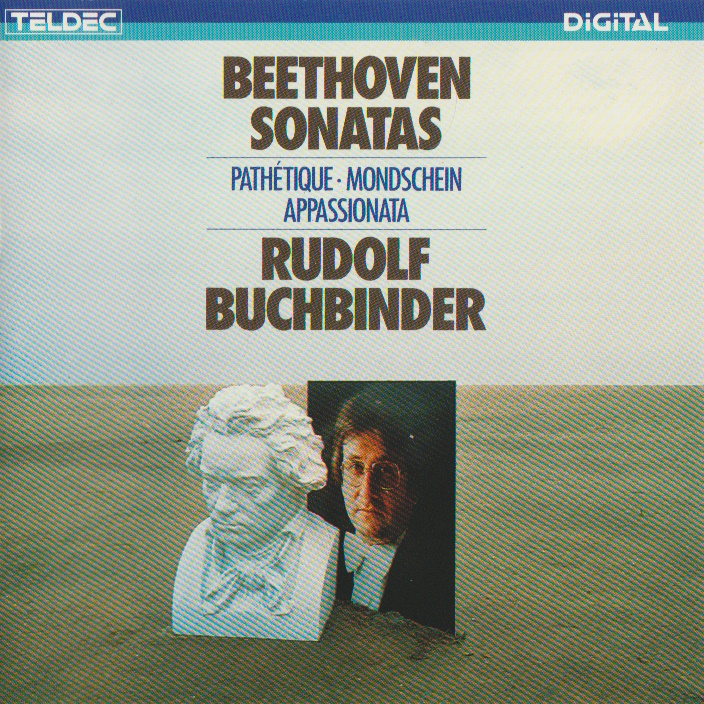 |
| 1 CD -
8.42913 ZK - (c) 1983 |
|
DIE
KLAVIERSONATEN
|
|
|
|
|
|
|
|
| Ludwig van
BEETHOVEN (1750-1827) |
Klaviersonate
Nr. 8 c-moll, Op. 15
"Pathétique" - Dem Fürsten Carl
von Lichnowsky gewidmet
(Komponiert um 1798/99)
|
|
18' 48" |
|
|
-
Grave · Allegro di molto e con brio
|
8' 45" |
|
A1 |
|
-
Adagio cantabile
|
5' 41" |
|
A2 |
|
-
Rondo: Allegro
|
4' 22" |
|
A3 |
|
Klaviersonate
Nr. 14
cis-moll,
Op. 27 Nr. 2 Sonata
quasi una fantasia
"Mondscheinsonate" -
Dem Gräfin
Giulietta
Guicciardi (Komponiert
1801)
|
|
13' 36" |
|
|
-
Adagio sostenuto
|
4' 46" |
|
A4 |
|
-
Allegretto |
1' 52" |
|
A5 |
|
-
Presto agitato
|
6' 58" |
|
A6 |
|
Klaviersonate
Nr. 23 f-moll,
Op. 57
"Appassionata" - Dem
Grafen Frany von
Brunswik gewidmet
(Komponiert 1804/06)
|
|
21' 17" |
|
|
-
Allegro assai · Più allegro
|
8' 35" |
|
B1 |
|
-
Andante con moto
|
5' 08" |
|
B2 |
|
-
Allegro ma non troppo: Presto
|
7' 34" |
|
B3 |
|
|
|
|
Rudolf BUCHBINDER,
Klavier (STEINWAY-Flügel)
|
|
|
|
|
|
Luogo
e data di registrazione |
|
Teldec
Studio, Berlin (Germania) -
ottobre 1981 (Nr. 8)
Kongreßsaal, Villach (Austria) -
luglio 1979 (Nr. 14, 23)
|
|
|
Original
Editions |
|
Telefunken
| 6.35472 FK - Vol.1 | 3 LPs |
LC 0366 | durata: 46' 29" ·
43' 17" · 46' 12" | (p) 1981 |
ANA | stereo | (Nr. 14, 23)
Telefunken |
6.35596 FK - Vol.4 | 3 LPs |
LC 0366 | durata: 55' 39" ·
42' 47" · 65' 59" | (p) 1982 |
ANA | stereo | (nr. 8)
Telefunken | 6.42913 AG | 1 LP |
LC 0366 | durata 54' 00" | (p)
& (c) 1983 | DDD/DMM | stereo
|
|
|
Edizione CD
|
|
Teldec |
8.42913 ZK | 1 CD | LC
3706 | (c) 1983
| DDD/DMM | stereo
|
|
|
Executive
Producer |
|
Wolfgang
Mohr
|
|
|
Recording
Engineer |
|
Eberhard
Sengpiel (Nr. 8); Martin Fouqué
(Nr. 14, 23)
|
|
|
Cover design
|
|
Holger
Matthies
|
|
|
Note |
|
- |
|
|
|
|
| THE 32
PIANO SONATAS (10 CDs DMM) |
Piano
Sonata Nr. 8 c-moll, Op. 15
"Pathétique"
Unfortunately for its
interpreters, the ”Pathétique” is
one of Beethoven's sonatas which
are all too well known, one might
almost say “played to death". As
early as 1842 Carl Czerny stated
in the comments to his edition
published in that year that this
sonata was easier to master than
all its predecessors, and
consequently had always been a
particular favourite. To this day
students who are looking for a
titanic, "tragic" Beethoven first
movement to perform with
thunderous panache choose this
work. The ”Grande Sonate
pathétique”, as it was entitled
when published in 1799, is the
only sonata for piano to which
Beethoven himself gave a
descriptive name, as opposed to
the apocryphal ”Appassionata”,
”Pastorale” etc. The reviewer of
the Leipzig ”Allgemeine
Musikalische Zeitung” wrote rather
restrainedly of the first edition:
"The only objection that the
critic might raise against someone
like Beethoven... is that the
sonata’s theme strikes one as too
reminiscent, though the critic is
unable to say of what, but
certainly the idea is not a new
one.” Thus, for example, the
”grave” introduction to the first
movement with its dotted rhythm
and sequence of diminished seventh
chords sounds operatic, and both
the first and second movement
contain reminiscences of Mozart’s
C minor sonata K 457 written 15
years previously. On the other
hand, there is scarcely any model
for the manner in which Beethoven
quotes a characteristically varied
excerpt from the introduction at
the beginning of the development,
then combines the main theme and
the melody of the “grave” into the
subiect of the development and, at
the end of the movement,
juxtaposes with drastic brevity
these two thematic elements in
their original form. Again, there
are hardly any models for the
frantic urgency which gives the
first movement its special
character, here the broken octaves
in quavers in the left hand which
in the past - as in the Mozart
sonata mentioned above - were
treated more as cosy, stereotyped
accompanying figures are
transformed into the muffled drum
roll of an imaginary orchestra. -
This sonata is dedicated, as were
the piano trios op. 1 which
preceded it and later also the
sonata op. 26, to Prince Carl
Lichnowsky, probably Beethoven's
most eminent patron, of whom he
was to say in 1805: "He is truly
one of my most faithful friends
and promoters of my art -
something fairly unusual in that
class.”
Piano Sonata Nr. 14 cis-moll,
Op. 27 Nr. 2 "Mondscheinsonate"
Beethoven called both works of op.
27, written in 1800/01, ”Sonata
quasi una Fantasia,” in order to
draw attention to their deviation
from the usual form, the movements
merge into one another as in a
Fantasia, and in op. 27, No. 1
they are even formally interwoven.
The first movement is ternary, with
two different tempi; towards the
end of the last movement the
Adagio is echoed - an anticipation
of techniques employed by
Beethoven in his late works. The
Sonata in C sharp minor, although,
and perhaps because, it is
certainly not one of his greatest
works, has attained a popularity
that is not easily explained.
Thus, a Russian Beethoven
enthusiast complained that in
Paris at the end of the 1820s only
three of Beethoven’s sonatas were
ever played: the one in A flat op.
26; op. 27, No. 2 and the
”Appassionata.” Beethoven himself
is supposed to have told Czerny
that people were always talking
about the sonata in C sharp minor,
for all that he had certainly
written better pieces. No doubt
the work owes much of its
popularity to the first movement.
The Berlin critic and poet Ludwig
Rellstab, for instance, imagined
himself in a boat on the moonlit
Lake of Lucerne (hence the name
"Moonlight Sonata”); others heard
in it a lament for the dead,
Czerny wrote: ”It is a nocturnal
scene with the voices of a ghost
mourning from afar." There has
been speculation, too, about a
link beetwen the work and the
dedicatee, the young Countess
Giulietta Guicciardi, to whom
Beethoven was close; she may
possibly have been the addressee
of the much debated letter to the
“Immortal Beloved.” From that
point of view the sonata is the
pessimistic expression of hopeless
love, which surely is too
romantic, too subjective, too
facile an interpretation. Examined
from the viewpoint of a fantasia,
the Adagio would appear to be a
large, dreamily improvisatory
introduction followed first by a
contrasting short central movement
in the major in the manner of an
intermezzo, and then by the
principal movement proper, a
Presto in the same key as the
Adagio, C sharp minor, a taxing
piece that races along, a true
sonata movement in form.
Piano Sonata Nr. 23 f-moll. Op.
57 "Appassionata"
The ”Appassionata,” the name of
which, like so many others, is not
Beethoven’s own but was added by a
publisher in 1834, was composed in
1804/05, in a period which saw a
number of other great works, among
them the Waldstein Sonata, the
Triple Concerto and notably
”Fidelio.” Sketches for the
sonata, which is dedicated to
Beethoven's friend and patron
Count Franz von Brunsvik, are
contained in a notebook which is
mostly taken up with work on the
opera. Beethoven’s pupil Ferdinand
Ries tclls the following story of
the composition of the sonata:
"Throughout the whole of a long
walk, during which we lost our way
to such an extent that we did not
return to Döbling until eight
o’clock, he had been muttering and
sometimes howling to himself,
always up and down, without
singing any specific notes. When I
asked him what he was doing he
replied: ’I have just thought of a
theme for the final Allegro of the
sonata.’ When we got indoors, he
hurried to the piano without even
removing his hat. I sat down in a
corner, and soon he had forgotten
my presence. Then he thumped away
for at least an hour at the new,
beautiful finale of the sonata.”
This finale, linked directly to the
tranquil variations of the third
movement by strident dissonances,
rages like a ceaseless tempest;
virtuosity, never an end in
itself, is totally subservient to
expressiveness. The movement
hardly ever strays from the minor,
there is no gleam of light, no
solace. Indeed in the presto coda,
which at first introduces a new,
pounding theme, the furious
arpeggios and broken chords which
dominate the whole movement
develop into thunderous sounds
that erupt into an apocalyptic
uproar. In abstract terms the first
movement, too, is largely
constructed of simple broken
triads; the exposition is not
repeated in the usual manner, but
is like a fantasia in the grand
concertante style with continuous
variation on two themes, the
second one being merely a kind of
free inversion of the first. As in
the Finale, there is a stretta
coda, but after hugely massed
chords it subsides quite
unexpectedly into a wan
pianissimo. The whole movement is
permeated by a knocking motif
which in the recapitulation
disturbingly underlies the first
subject for some time and seems to
foreshadow the opening of the fifth
symphony.
Jean
Meuchtelbach
|
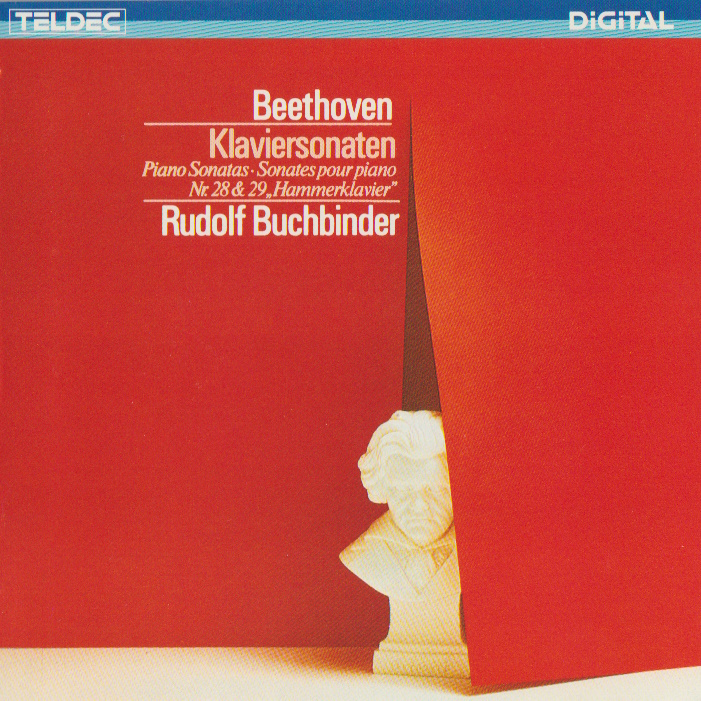
1 CD - 8.42761 ZK - (c) 1984
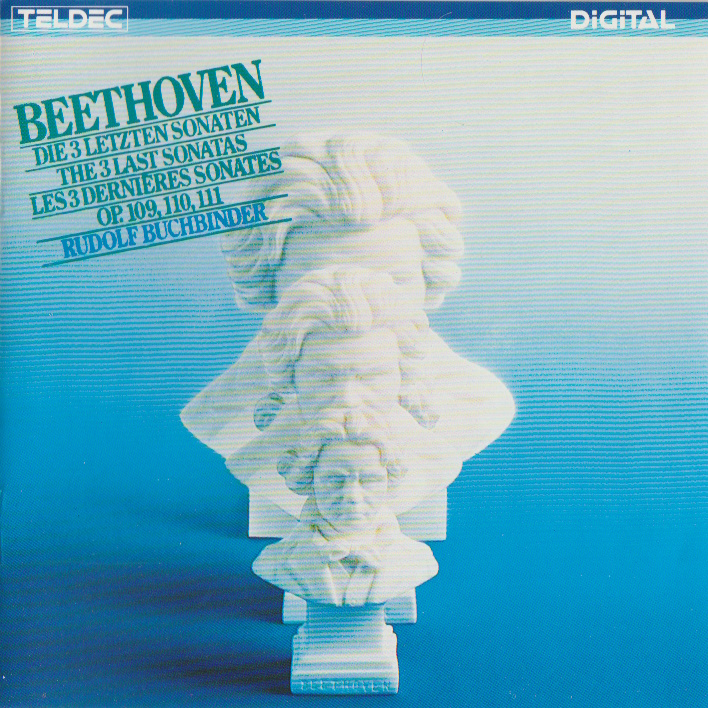 1 CD -
8.43027 ZK - (c) 1984
1 CD -
8.43027 ZK - (c) 1984

1 CD -
8.43206 ZK -
(p) 1985
1 CD - 8.43415
ZK - (p) 1986
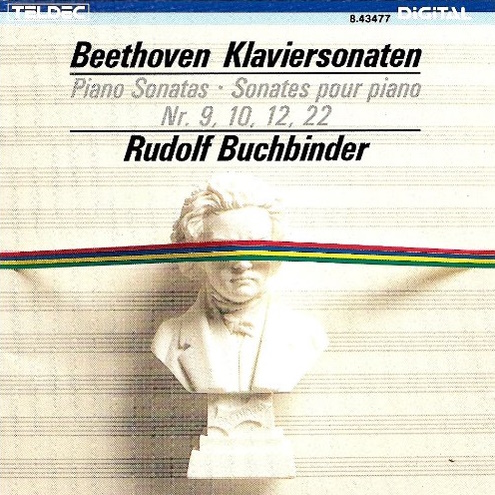
1 CD - 8.43477
ZK - (p) 1987
|

1 CD - 8.42913 ZK - (c) 1983
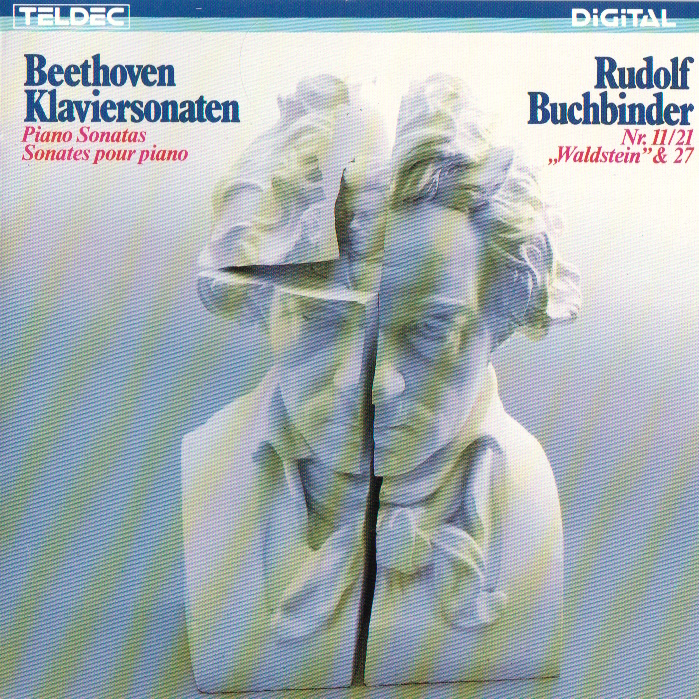
1 CD - 8.43111 ZK - (p)
1985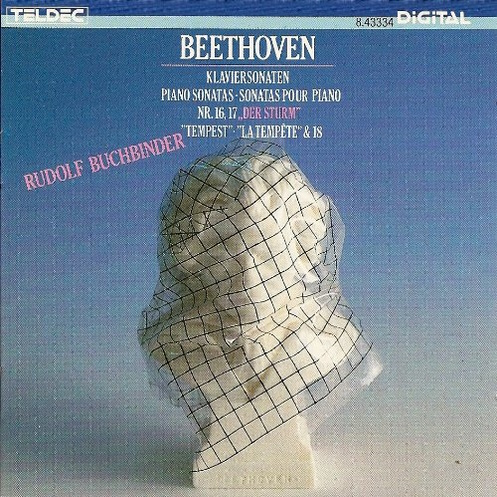
1 CD - 8.43334 ZK
- (p) 1986

1 CD - 8.43476
ZK - (p) 1987
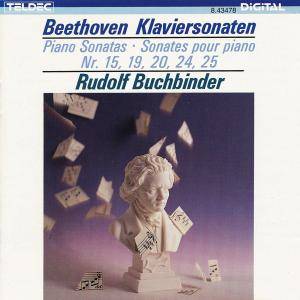
1 CD - 8.43478
ZK - (p) 1987
|
|
|
|
|